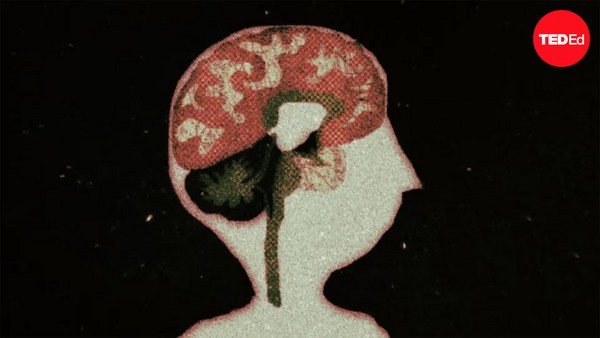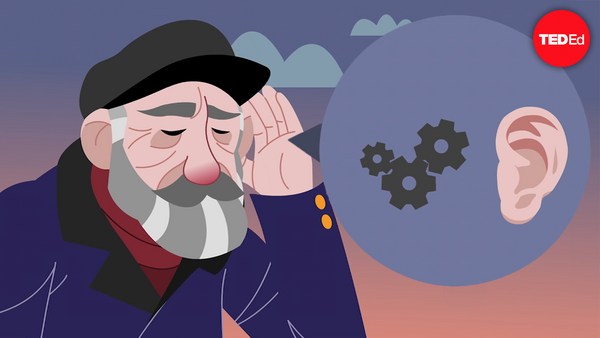Arriving home after a long day, you settle in for a quiet evening alone. But instead of the sound of silence, you hear a constant ringing— even though there’s nothing making any noise. What you’re experiencing is called tinnitus, the perception of a noise like ringing, buzzing, hissing or clicking that occurs without any external source of sound. Tinnitus has been bothering humanity since Ancient Babylon, plaguing everyone from Leonardo da Vinci to Charles Darwin. Today, roughly one in seven people worldwide experiences this auditory sensation. So where does this persistent sound come from?
When you normally hear something, sound waves hit various areas of your ear, creating vibrations that displace fluid inside the cochlea. If the vibrations are large enough, they elicit a chemical response that transforms them into bioelectrical signals. These nerve impulses are then relayed through the hearing pathway to the brain, where they result in the sounds we perceive. However, in the vast majority of tinnitus cases, the nerve signals that produce these mysterious sounds don’t travel through your ear at all. Instead, they’re generated internally, by your own central nervous system.
Under usual circumstances, these self-produced signals are an essential part of hearing. All mammals demonstrate on-going neural activity throughout their hearing pathways. When there are no sounds present, this activity is at a baseline that establishes your neural code for silence. When a sound does appear, this activity changes, allowing the brain to distinguish between silence and sound.
But the auditory system’s health can affect this background signal. Loud noises, diseases, toxins, and even natural aging can damage your cochlear cells. Some of these may heal in a matter of hours. However, if enough cells die, either over time or all at once, the auditory system becomes less sensitive. With fewer cochlear cells relaying information, incoming sounds generate weaker nerve signals. And many environmental sounds can be lost completely. To compensate, your brain devotes more energy to monitoring the hearing pathway. Just like you might adjust the knobs of a radio, the brain modifies neural activity while also tweaking the tuning knob to get a clearer signal.
Increasing this background neural activity is intended to help you process weak auditory inputs. But it can also modify your baseline for silence— such that a lack of sound no longer sounds silent at all. This is called subjective tinnitus, and it accounts for the vast majority of tinnitus cases. Subjective tinnitus is a symptom associated with practically every known ear disorder, but it isn’t necessarily a bad thing. While its appearance can be surprising, subjective tinnitus has no inherently negative consequences. But for some, tinnitus episodes can trigger traumatic memories or otherwise distressing feelings, which increase the sound’s intrusiveness. This psychological loop often leads to what’s known as “bothersome tinnitus," a condition that can exacerbate the symptoms of PTSD, insomnia, anxiety, and depression.
There’s no known cure for subjective tinnitus. So the most important thing doctors can do is help people understand this auditory event, and develop neutral associations with these often-distressing sounds. For example, sound therapy uses noises like rain, birdsong, or music to mask tinnitus and reduce stress. One form, called informational masking, uses soothing, complex auditory signals that distract the brain from the tinnitus sound. Another, called energetic masking, uses sounds with the same frequency as the patient’s tinnitus to occupy the neurons that would otherwise deliver the tinnitus signal. Practiced alongside counseling, these interventions allow people to re-evaluate their relationship with tinnitus.
Losing the sound of silence can be troubling to say the least. Tinnitus reveals that your brain is constantly analyzing the world around you, even as it fails to filter its own internal noise. In a sense, experiencing tinnitus is like eavesdropping on your brain talking to itself— though it may not be a conversation you want to hear.


